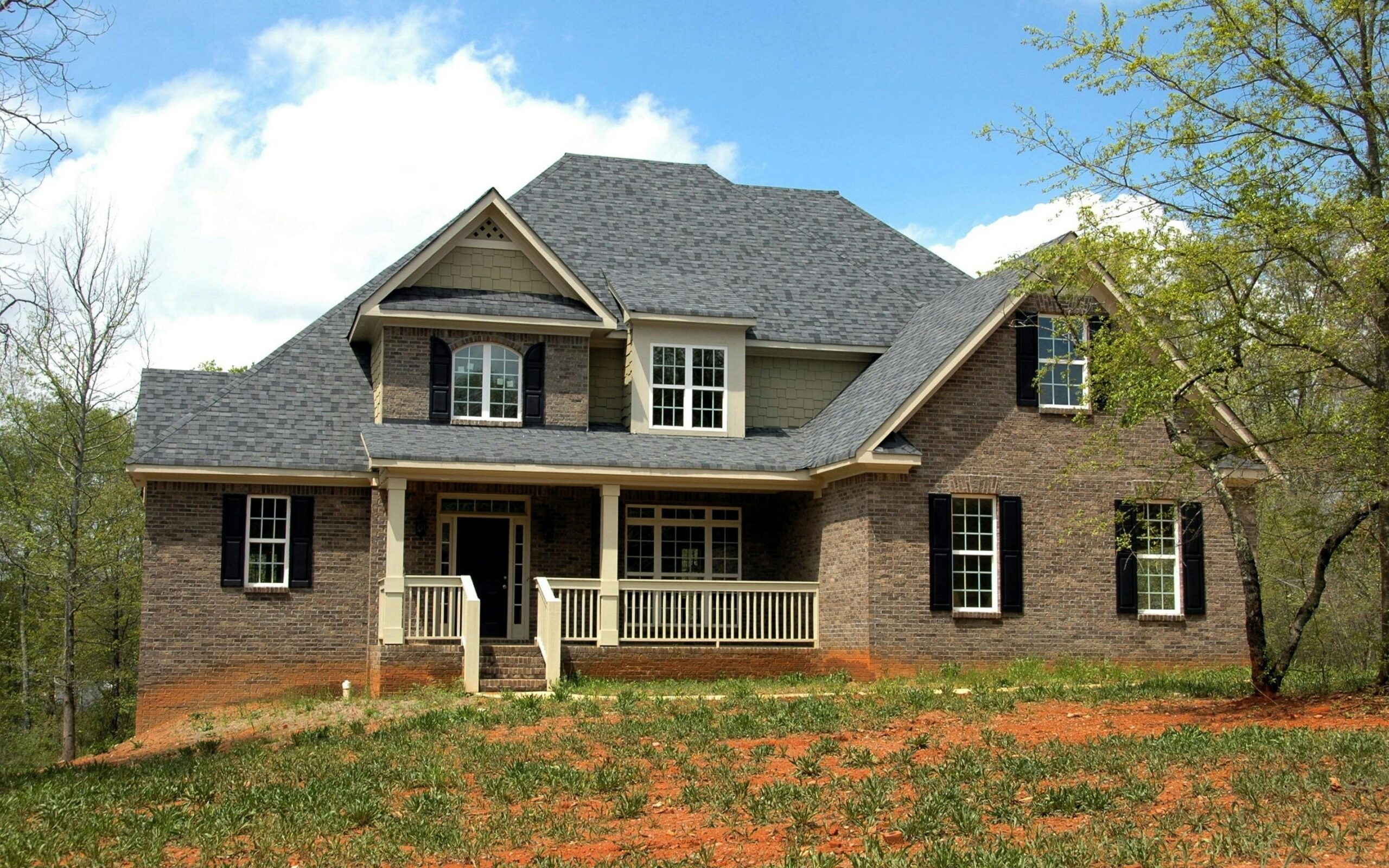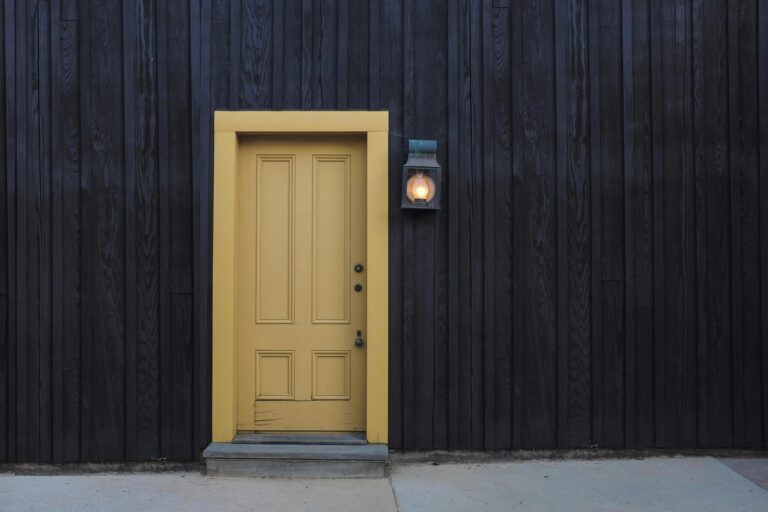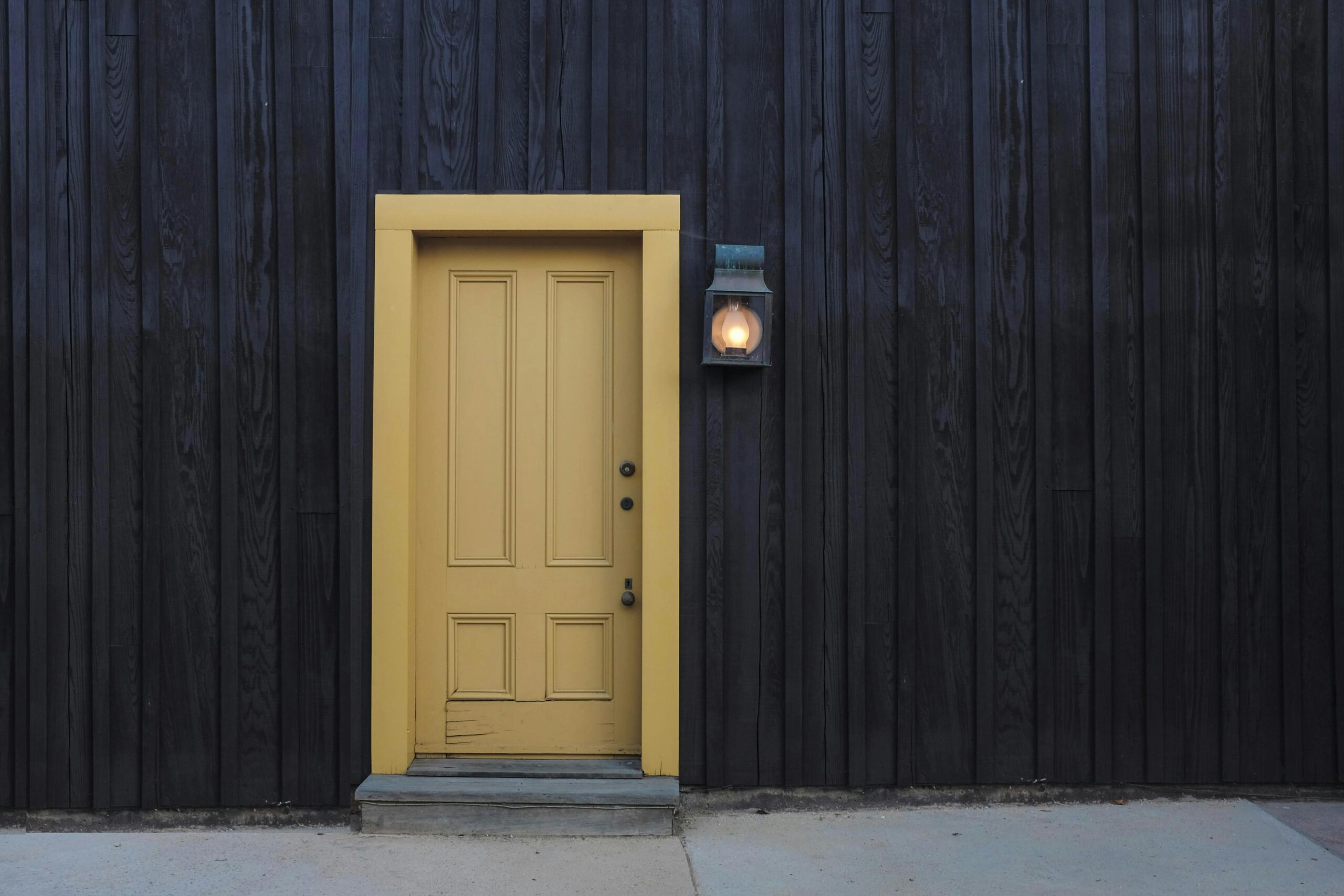
President Donald Trump has introduced what he calls a revolutionary solution to America’s housing affordability crisis: the 50-year mortgage. By extending the standard home loan term by two decades, the administration argues it can lower monthly payments and help Americans currently priced out of the market achieve homeownership. But economists, housing experts, and even some congressional Republicans warn the proposal could backfire spectacularly, trapping borrowers in lifetime debt while driving home prices even higher.
The Proposal Emerges
On November 8, 2025, Trump posted a graphic to his Truth Social platform titled “Great American Presidents,” featuring side-by-side images of himself and President Franklin D. Roosevelt. Above Roosevelt’s photo appeared “30-Year Mortgage,” while “50-Year Mortgage” was displayed above Trump’s image, a comparison designed to position the proposal as the next historic evolution in American housing policy.
Federal Housing Finance Agency Director Bill Pulte quickly confirmed the administration’s intentions, responding on X (formerly Twitter) that they were “indeed working on The 50 year Mortgage – a complete game changer.” Pulte emphasized the administration’s focus on ensuring homeownership accessibility for young people, describing the 50-year mortgage as “simply a potential weapon in a WIDE arsenal of solutions” under development.
The proposal comes amid a housing affordability crisis that has reached historic proportions. The average age of first-time homebuyers climbed to 40 years old in 2025, the highest ever recorded, according to the National Association of Realtors. This represents a dramatic shift from 1991, when the typical first-time buyer was just 28 years old. With 30-year fixed rates remaining above 6% for more than three years, many Americans find themselves locked out of homeownership entirely.
The Mathematics of Monthly Savings
At its core, the 50-year mortgage aims to reduce monthly housing costs by stretching payments over a longer period. The numbers initially appear compelling. Using current market conditions with a 6.25% interest rate on a $450,000 home, a 30-year fixed mortgage would require monthly payments of approximately $2,771. A 50-year loan at the same rate would lower that payment to around $2,452, a savings of roughly $319 per month.
For a more modest $300,000 home with a 5% interest rate and 5% down payment, Fannie Mae’s calculator shows the monthly cost would drop from $1,530 on a 30-year mortgage to $1,294 on a 50-year loan. For a $400,000 home at 6.575% interest with 20% down, the payment would decrease from $2,788 to $2,572.
These monthly savings could theoretically enable buyers currently unable to qualify for conventional mortgages to enter the housing market. Kevin Hassett, director of Trump’s National Economic Council, argued in a Fox interview that the proposal “reduces the monthly payment quite a bit for a typical home for middle America by a few hundred dollars a month. We need to help people get back into their homes.”
The Hidden Costs That Dwarf Initial Savings
However, the total financial picture tells a drastically different story. While monthly payments decrease, the total interest paid over the life of the loan explodes to levels that housing experts describe as economically catastrophic for borrowers.
Consider that same $450,000 home at 6.25% interest. Over a 30-year mortgage, the homeowner would pay approximately $547,000 in interest, already more than the home’s original purchase price. But with a 50-year loan, total interest balloons to roughly $1.02 million. That represents an 87% increase in interest costs, or an additional $473,000 paid to lenders over the life of the loan.
The equity-building challenge compounds this interest burden. Richard Green, a professor at the University of Southern California’s Lusk Center for Real Estate, explains the fundamental problem: “With a 50-year loan, you’re paying a teeny, tiny amount to your principal loan early on, so your interest payments are not going down very much.” In the early years of such a loan, monthly payments go almost entirely toward interest rather than building ownership stake in the property.
This means borrowers could make payments for decades while accumulating minimal equity, effectively renting their homes from the bank at premium rates while bearing all the risks and responsibilities of ownership.
Critics Sound Alarm: “Economic Genocide”
The proposal has generated fierce criticism across the political spectrum. James Fishback, CEO of investment firm Azoria, condemned it as a “disgusting insult” and compared introducing a 50-year mortgage to “economic genocide” against Generation Z. His harsh language reflects concerns that the proposal would saddle young Americans with lifetime debt obligations that fundamentally alter their financial trajectories.
Even prominent congressional Republicans have broken with Trump on the issue. Representative Marjorie Taylor Greene posted on social media: “I don’t like 50 year mortgages as the solution to the housing affordability crisis. It will ultimately reward the banks, mortgage lenders and home builders while people pay far more in interest over time and die before they ever pay off their home. In debt forever, in debt for life!”
Representative Thomas Massie of Kentucky offered an even more pointed critique, writing: “How is ‘here, enjoy this 50 year mortgage’ different from ‘you will own nothing and you will like it,'” referencing dystopian predictions about future economic systems where permanent debt replaces ownership.
Fox Business Network host Charles Payne also criticized the proposal, stating bluntly: “I do not like this idea. That’s not the way” to address affordability issues.
The Demand Subsidy Problem
Beyond the direct costs to individual borrowers, economists warn that 50-year mortgages could worsen the broader housing affordability crisis rather than solve it. The fundamental issue is supply and demand dynamics in a market already suffering from severe housing shortages.
Joel Berner, senior economist at Realtor.com, explained the problem succinctly: “More flexible financing is essentially a subsidy for housing demand, which will add to the pool and buying power of homebuyers without increasing the supply of homes, which will drive home prices up. The ‘savings’ from 50-year mortgages may be totally negated by rising home prices.”
The U.S. Chamber of Commerce estimates the nation faces a shortage of 4.7 million homes. Adding more buyers to an already undersupplied market through extended financing doesn’t create more housing, it simply increases competition for existing inventory, potentially driving prices upward and canceling out any monthly payment advantage the longer loan terms might provide.
Logan Mohtashami, lead analyst at HousingWire, argues forcefully against the demand-side approach: “I understand that we have housing affordability challenges in America, but subsidizing more demand from 30- to 50-year mortgages is not the policy we want to take now. Housing has to balance itself out through slowing home-price growth and wages increasing, as it has for many decades.”
Legal and Regulatory Obstacles
Even if the Trump administration proceeds, significant legal barriers stand in the way. The Dodd-Frank Wall Street Consumer Protection Act, passed after the 2008 financial crisis to prevent predatory lending practices, established the Qualified Mortgage (QM) rule. Under current regulations, loan terms cannot exceed 30 years for mortgages to qualify for QM status, which provides important legal protections for both lenders and borrowers.
Changing this would require either congressional action or regulatory workarounds. Jaret Seiberg, a financial services and housing policy analyst at TD Cowen, estimates that obtaining the necessary policy changes could take up to a year, noting the need for congressional approval. He writes: “Fannie and Freddie could establish a secondary market for 50-year mortgages in advance of policy changes. They even could buy mortgages for their retained portfolios. Yet this would not alter the legal liability for lenders. It is why we believe lenders will not originate 50-year mortgages absent QM policy changes.”
Alternatively, 50-year mortgages could be offered as non-QM (non-qualified mortgage) products, but these typically carry significantly higher interest rates to compensate for increased risk. This would undermine the entire affordability premise of the proposal.
Interest Rate and Risk Considerations
Another critical unknown is what interest rates would apply to 50-year mortgages. It’s unlikely they would match the rates available on 30-year loans. Jeff DerGurahian, chief investment officer at loanDepot, notes the uncertainty: “Until you figure out who the buyer is for that mortgage and how they’re going to model out the borrower behavior, it’s really tough to say anything more than the rate will probably be a little bit higher than the 30-year.”
Lenders would likely charge premium rates because 50-year loans carry substantially higher default risk. The extended timeframe means more opportunity for borrowers to face financial hardship, job loss, health crises, or other circumstances that could trigger default. From the lender’s perspective, they’re accepting payment uncertainty for an additional two decades.
The slow equity buildup also creates vulnerability. If housing prices decline, borrowers with 50-year mortgages would be far more likely to find themselves underwater, owing more than their homes are worth. This lack of equity cushion increases both default risk and potential losses if foreclosure becomes necessary.
The GSE Privatization Complication
The proposal’s feasibility likely depends on Fannie Mae and Freddie Mac remaining under government conservatorship, where they’ve operated since the 2008 financial crisis. However, the Trump administration has stated intentions to privatize these government-sponsored enterprises (GSEs) through an initial public offering in the near future.
Analysts at Evercore ISI noted this tension: “Adoption of a 50-year mortgage product might complicate the path to privatization for Fannie Mae and Freddie Mac. That said, we understand that the Administration is expecting the GSEs to remain under conservatorship after it sells roughly a 5% stake to the public. This would allow the Administration to maintain control of the GSEs for the foreseeable future.”
This suggests the administration may be planning a hybrid approach partial privatization while maintaining government control sufficient to implement policy initiatives like 50-year mortgages that private investors might resist due to risk concerns.
Alternative Solutions to Housing Affordability
Critics argue that effective solutions to the housing crisis must address supply constraints rather than artificially inflating demand. The Trump administration has been pressuring homebuilders to construct more homes, claiming they’re sitting on an oversupply of empty lots. Builders contest this characterization, citing genuinely high costs for land, labor, and materials that make new construction challenging even when demand exists.
Other potential policy approaches include zoning reform to enable higher-density development, streamlining permitting processes, investment in affordable housing construction, down payment assistance programs targeted at first-time buyers, and policies that discourage investor purchases that convert owner-occupied housing into rentals.
Additionally, some economists argue that time may be the best solution, allowing wages to gradually catch up to housing costs as price growth moderates, rather than introducing new financing mechanisms that could create unintended consequences.
The Social Security Generation Buying Homes
Perhaps the most striking aspect of the 50-year mortgage proposal is its implications for borrower life stages. With first-time buyers now averaging 40 years old, a 50-year mortgage means these buyers would be 90 years old when they finally own their homes outright, assuming they make every payment on schedule without refinancing or selling.
As ResiClub’s Lance Lambert noted, the typical first-time homebuyer today is already “just as close to collecting Social Security as they are to graduating from high school.” Adding another 20 years to their debt obligations means many Americans would be paying mortgages well into retirement, when income typically decreases substantially.
This represents a fundamental shift in the American Dream’s timeline. Previous generations might have paid off their mortgages in their 50s or early 60s, entering retirement debt-free. Under the 50-year mortgage model, homeownership would remain perpetually aspirational for many, a goal never quite achieved during their working years.
Looking Ahead
The 50-year mortgage proposal reveals the desperate search for solutions to a housing affordability crisis that has reached unprecedented levels. The Trump administration’s willingness to consider dramatic policy changes reflects recognition that current conditions are unsustainable, with homeownership increasingly unattainable for younger generations.
However, whether extending debt obligations for two additional decades represents genuine relief or merely masks affordability problems while enriching lenders remains intensely debated. The proposal’s fate depends on navigating complex regulatory barriers, overcoming bipartisan political skepticism, and addressing legitimate concerns about long-term consequences for individual borrowers and housing markets.
As Bill Pulte emphasized, the 50-year mortgage is just “one potential weapon” in a broader arsenal being developed. Whether it proves to be a solution that unlocks the American Dream or a trap that ensnares borrowers in lifetime debt may depend on implementation details still to be announced, and whether the administration can address the fundamental supply shortage that underlies the entire housing affordability crisis.






